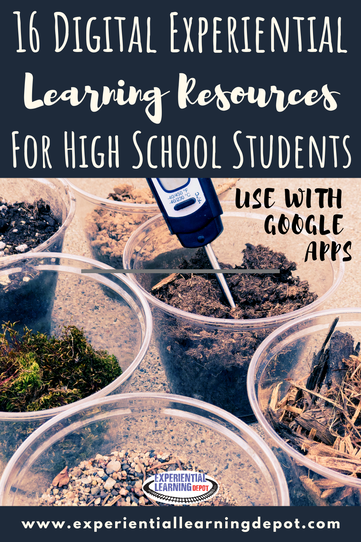|
We currently find ourselves in a very unique situation. Never before have we been required as a society to operate entirely by computer. Of course being confined to the home is not ideal for any experiential educator, but we work with what we have. One silver-lining? The opportunity to work on 21st-century skills such as adapting and problem-solving.
0 Comments
|
Blog IntentTo provide innovative educational resources for educators, parents, and students, that go beyond lecture and worksheets. AuthorSara Segar, experiential life-science educator and advisor, curriculum writer, and mother of two. Categories
All
|



 RSS Feed
RSS Feed